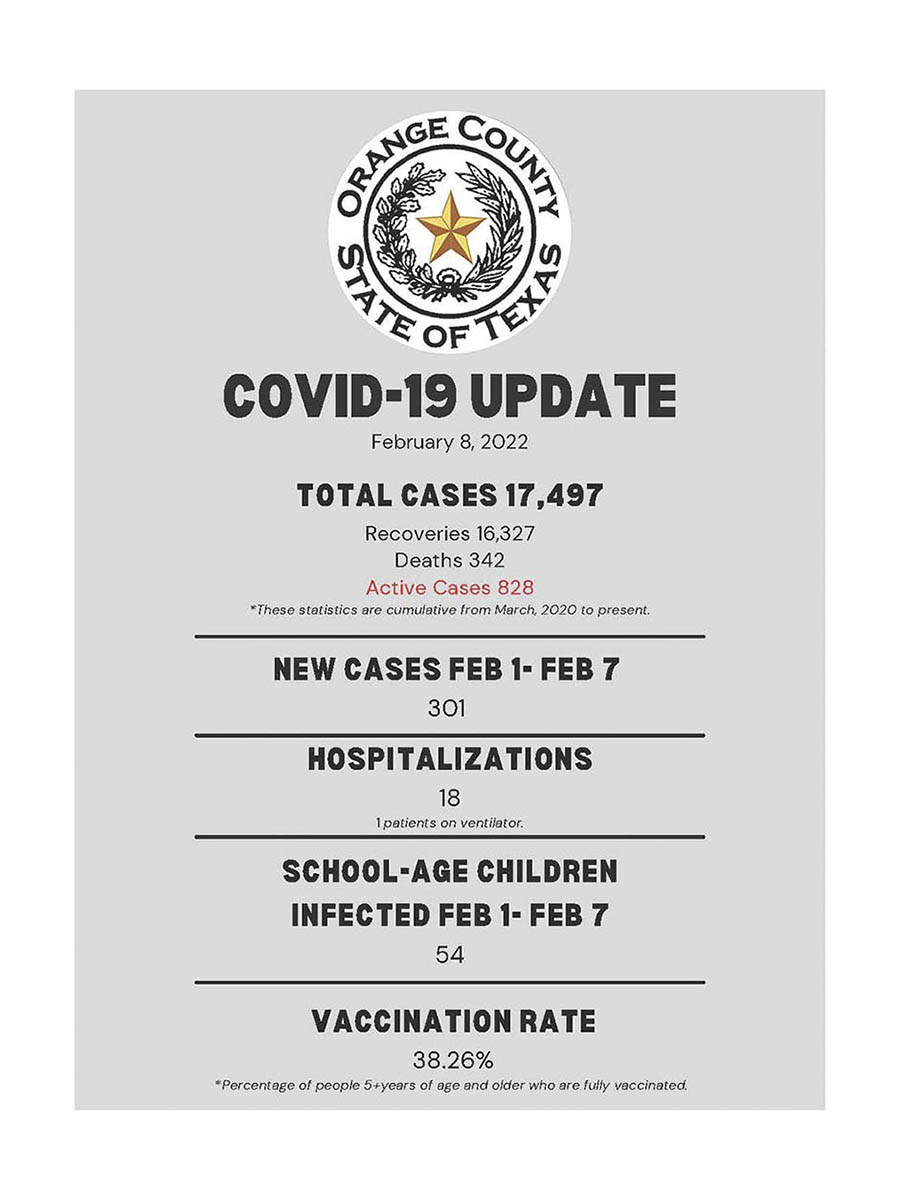And Now You Know: Little Cypress Fair 1930
Published 12:26 pm Sunday, November 4, 2018

- Locals predicted record crowds at the 1930 LIttle Cypress FaIr
By Mike Louviere
Driving past Lions Park in Orange, it does not take a genius to see that the annual carnival is coming again. The rides are being set up and the area Lions Clubs that serve food are getting their kitchens ready.
In October 1930, the Little Cypress Fair was set to open. This would be the third year for the fair and it looked to be the largest and most anticipated. The Ralph R. Miller Shows was booked for the five day run of the fair and would be bringing to Orange the most popular carnival rides of the era.
Exhibitors of canned goods had been setting up for the last few days. The agricultural exhibits would be set up the morning of opening day. Guards would be on duty from the night before opening throughout the entire run of the fail for protection of exhibits.
The new exhibition building, and other buildings and the carnival grounds would be lit by the Fair Association’s light and power plant.
The feature event of the fair opening was a one-act play to be held in the Little Cypress school auditorium.
The Orange Leader stated: “Starting three years ago in a small way, the Little Cypress Fair has grown to where it is a county-wide event that draws attendance from all over this section of East Texas. A modern exhibit hall was recently completed and dedicated with a monster free barbecue.”
Frank Clark was chairman of the fair, assisted by W.H. Randolph as vice chairman. Miss Lucy Heard was the secretary, Mrs. W.H. Randolph serving as entertainment chairman. Miss Jayne Hightower was the county home demonstration agent, H.R. Morrison serving as county agricultural agent. Mrs. F.M. Taylor was president of the P.T.A. with Miss Eva Hare, P.T.A. secretary.
Divisions for the fair were Field Crops; corn, cotton, forage crops, Irish Potatoes, peas, peanuts, pumpkins, rice, ribbon cane, and sweet potatoes.
A special prize in Field Crops would be a shirt given to the oldest man making an exhibit of a crop grown by himself.
Vegetables consisted of lettuce, okra, eggplant, tomatoes, cabbages, celery, sweet peppers, red peppers, watermelon, cantaloupe, and lima beans.
Fruits included pears, peaches, Louisiana Sweet Oranges, satsuma oranges, lemons, grapefruit, figs, Japanese Persimmons, and kumquats.
The Boy’s Club Division would show crop products, including the best stalk of cotton
A special prize for the club turning in the best record book for 1930 would be a free trip to the East Texas Fair. All expenses, including board and lodging, would be paid for the two-day visit to the fair.
Girls Home Demonstration included sewing and canning for first through fourth-year club work.
The Women’s Home Demonstration Club would be exhibiting canned vegetables, relish, preserves, jellies, and braided rugs. They would also show textiles that included lunch cloths, handkerchiefs, wool and cotton quilts, bedspreads, and aprons. Other canned items would be meats and fruits.
The Culinary Department would have cakes, pies, and candies.
Floral Department exhibits would be ferns, flowers, wildflowers, and collections of cut flowers.
In the Educational and School exhibits first prize would be $10, with $5 going to second place.
Other divisions would only be giving $1 for first place with second place paying only 50 cents or giving a second place ribbon.
There was no livestock showing, but there was poultry.
Farmers could compete with hens, pullets, cocks, cockrells, ducks, geese, and turkeys. First prize would be 50 cents, second place would be awarded a ribbon.
A sweepstakes prize would be given in the Poultry Division. The prize would be a 100-pound sack of Shur-Kackle Feed, given by the Orange Grain Company.
In reading the report on the fair, the variety of agricultural products that grown in Orange County at that time was surprising.
The prizes seem small by today’s standards but considering that 1930 was at the beginning of the Great Depression the winners were probably appreciative.
“And now you know.”





